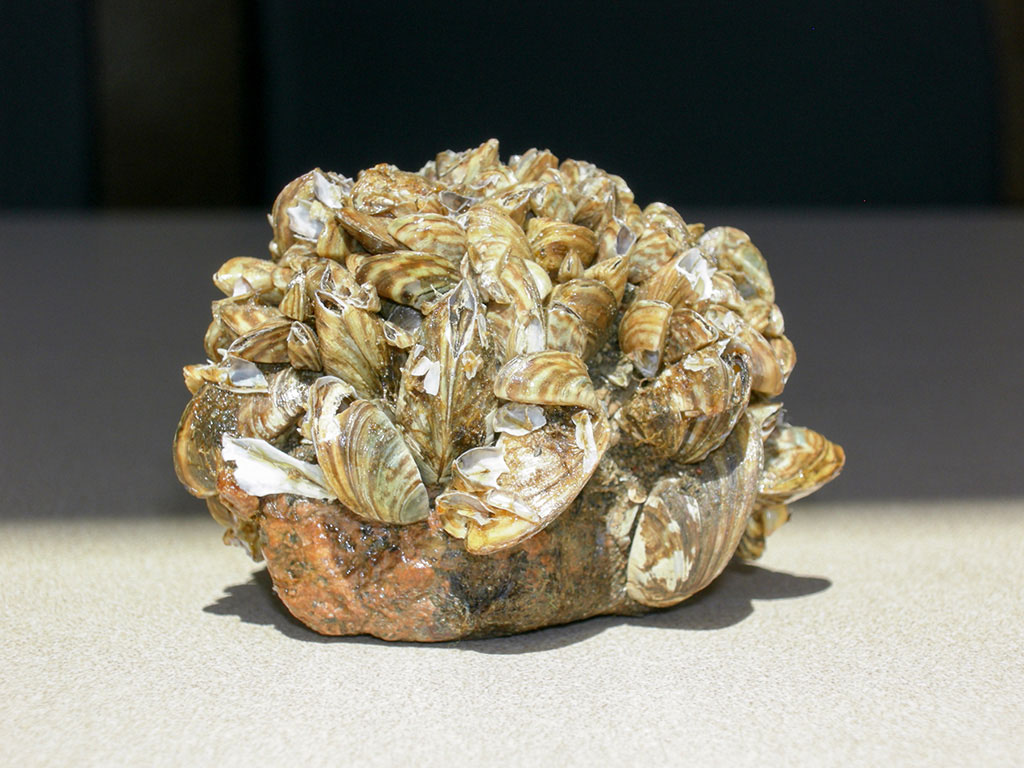
The Bureau of Reclamation seeks to identify current and emerging scent detection technologies capable of detecting the presence of invasive dreissenid (zebra and quagga) mussel veligers in watercraft and/or in preserved zooplankton samples in a laboratory. This system should improve on mussel early detection, field detection systems, and laboratory testing methods, with focus on instruments that can assess standing water in closed compartments and in preserved samples to provide instant results where required.
Background
Zebra and quagga mussels are invasive species known for imposing significant challenges in hydropower infrastructure and aquatic ecosystems. Watercraft inspection and decontamination (WID) programs currently rely on visual or tactile inspection of boat compartments and components to detect the presence of adult mussels. Any watercraft with visible standing water is required to undergo decontamination, since the water could contain microscopic mussel larvae (veligers).
Current solutions to positively identify the presence of veligers, or their environmental DNA (eDNA), in a body of water require plankton tow samples to be analyzed using cross-polarized light microscopy and genetic analysis in a laboratory setting. Early detection methods are often hindered by suspended sediment and plant matter. Reclamation looks to identify potential veliger detection solutions to reduce long delays for boaters and increased labor costs for the managing agency.
Components Will
- Be able to discern individual animal and plant species by scent at a low concentration and with potential interferences such as zooplankton, phytoplankton, and plant matter.
- Operate in difficult to access or inaccessible compartments in watercraft such as ballast tanks, engines, bilges etc.
- Be cost-effective for potential deployment across a large number of testing sites and laboratories.
Possible Solution Areas
- Electronic nose (eNose) sensors
- Handheld scent detection devices
- Laboratory testing methods
Desired Outcome of the Solution
Identification of potential technologies and future usage capabilities.
Related Tech Needs
Seeking: Debris Mitigation and Removal for Dams
PepsiCo Seeking: Positive Water Impact – Technologies for Water Replenishment
PepsiCo Seeking: Alternate Sources of Water
PepsiCo Seeking: Method for Acrylamide Detection
Photo Credit: National Park Service
